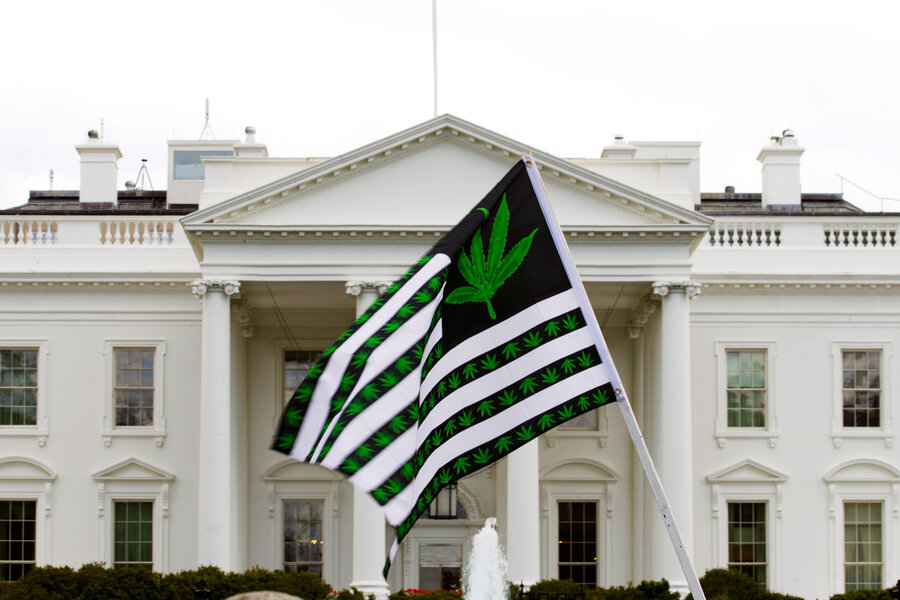Marijuana experiment: a muddled path to curb driving while high
Loading...
Marijuana and driving don’t mix well, according to data from the AAA Foundation for Traffic Safety, but a means to crack down on it remains elusive.
The findings, released Tuesday, looked at marijuana's impact on driving after states legalized marijuana use. AAA found that fatal crashes involving drivers under the influence of cannabis doubled in Washington State after pot use became legal there.
The tide on marijuana use is shifting. Medical marijuana is legal in 24 states and the District of Columbia. And recreational use of the drug is legal in Colorado, Alaska, Oregon, Washington State, and Washington, D.C. Wrapped up in that shift is a change in the way people view marijuana and its effects.
Opponents of marijuana legalization have cautioned that lifting restrictions on the drug would lead to a rise in intoxicated driving. AAA's findings in Washington lend some merit to that concern.
AAA found that most drivers who have used marijuana before driving are not only unaware of how it affects their driving ability, they are also unaware of state legal parameters surrounding drug use. Of those drivers who reported using marijuana within the past year, 29.4 percent believed that using marijuana within an hour of driving does not increase their crash risk.
However, attempts to mitigate those risks with legal guidelines for driving while under the influence of marijuana may be misguided.
Six states have established legal limits for the high-inducing compound THC in the bloodstream in an effort to empower police officers to get intoxicated drivers off the road. However, AAA's report points out that there is no scientific evidence supporting a blood-level threshold for TCH. In practice, AAA found that arrests are frequently arbitrary; some drug users are taken in even when their THC concentration is below a legally established limit, while others are turned away.
"There is understandably a strong desire by both lawmakers and the public to create legal limits for marijuana impairment in the same manner we do alcohol," Marshall Doney, AAA's president and CEO, said in a statement. "[But in] the case of marijuana, this approach is flawed and not supported by scientific research."






